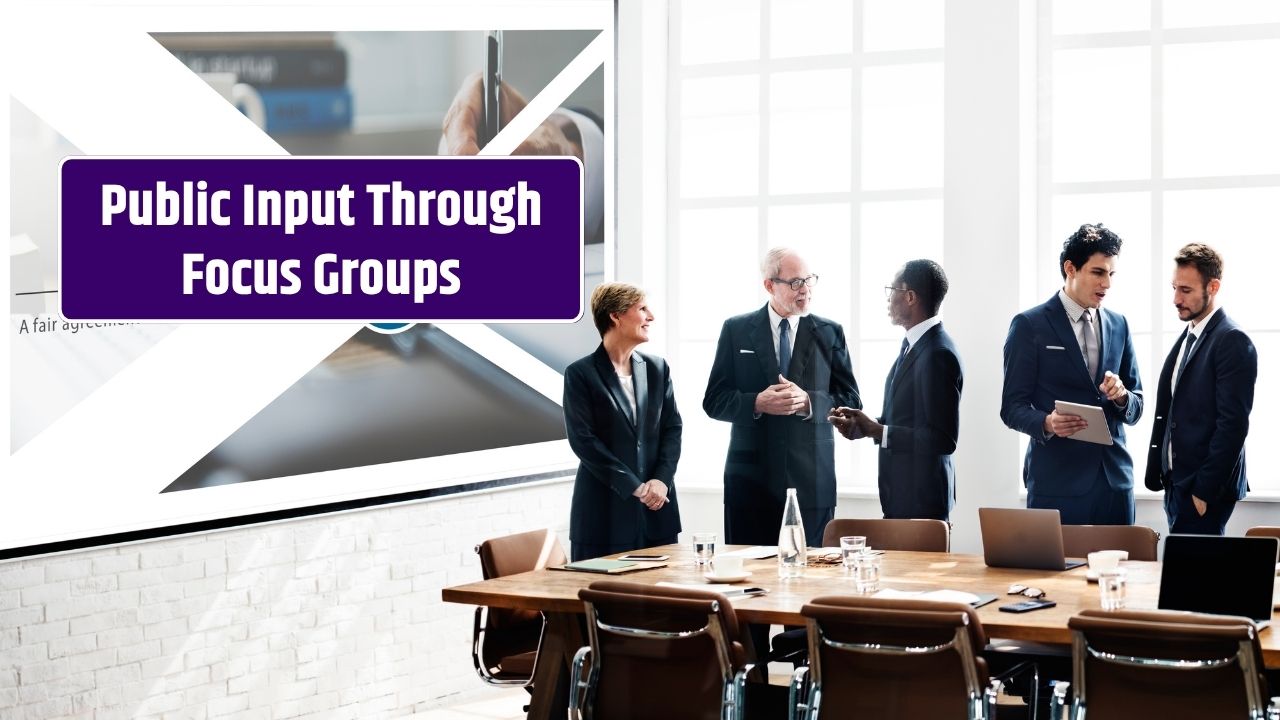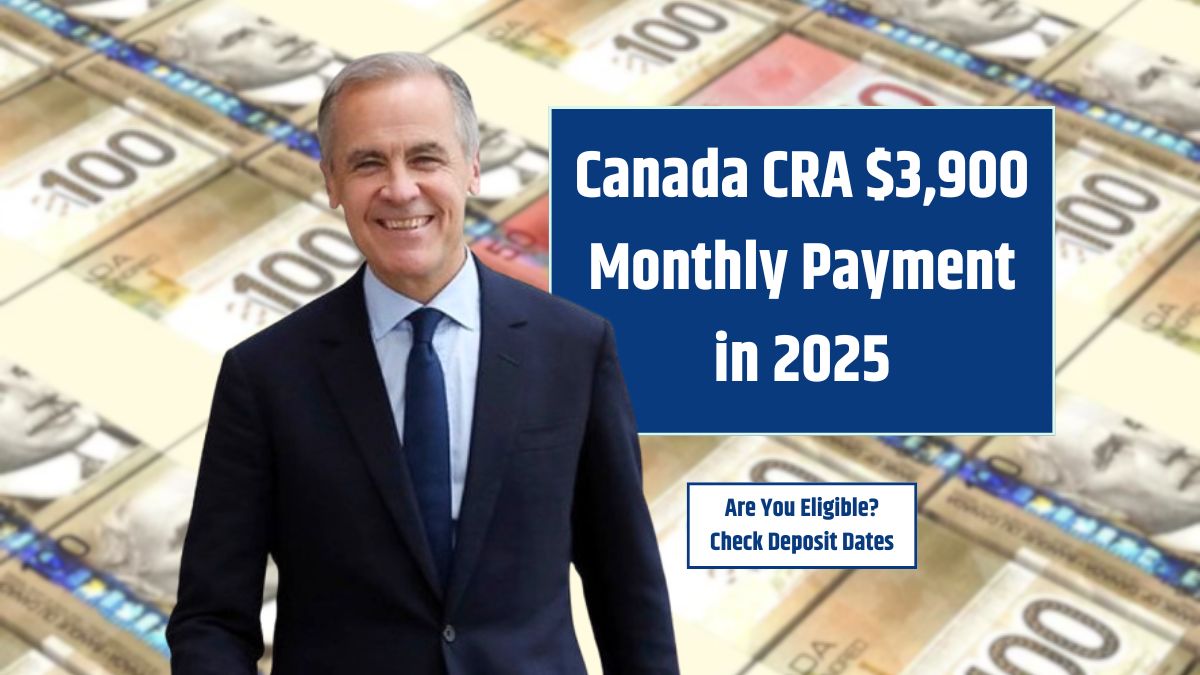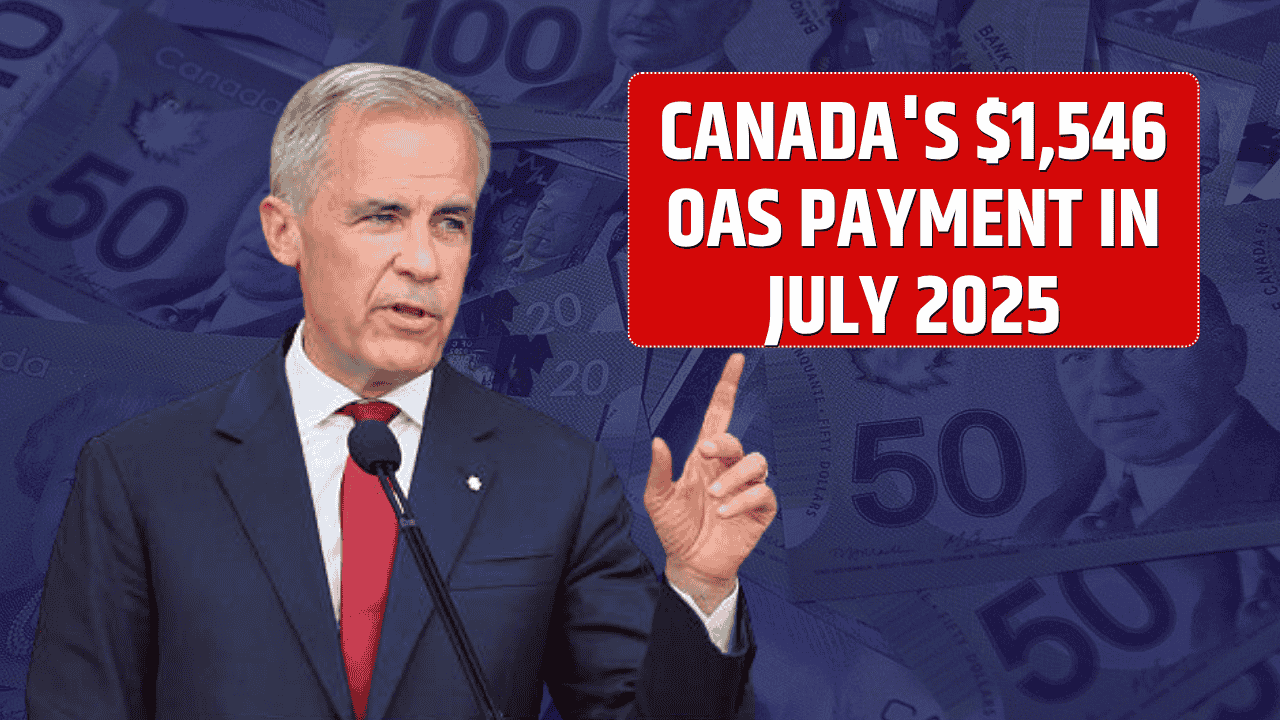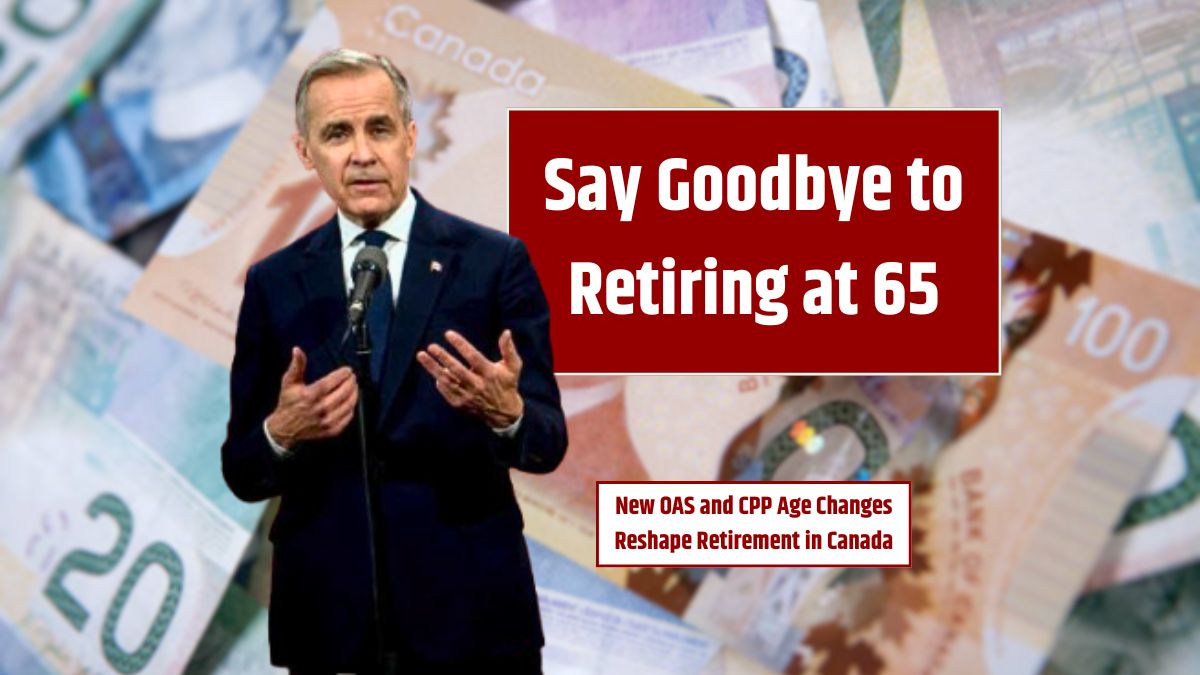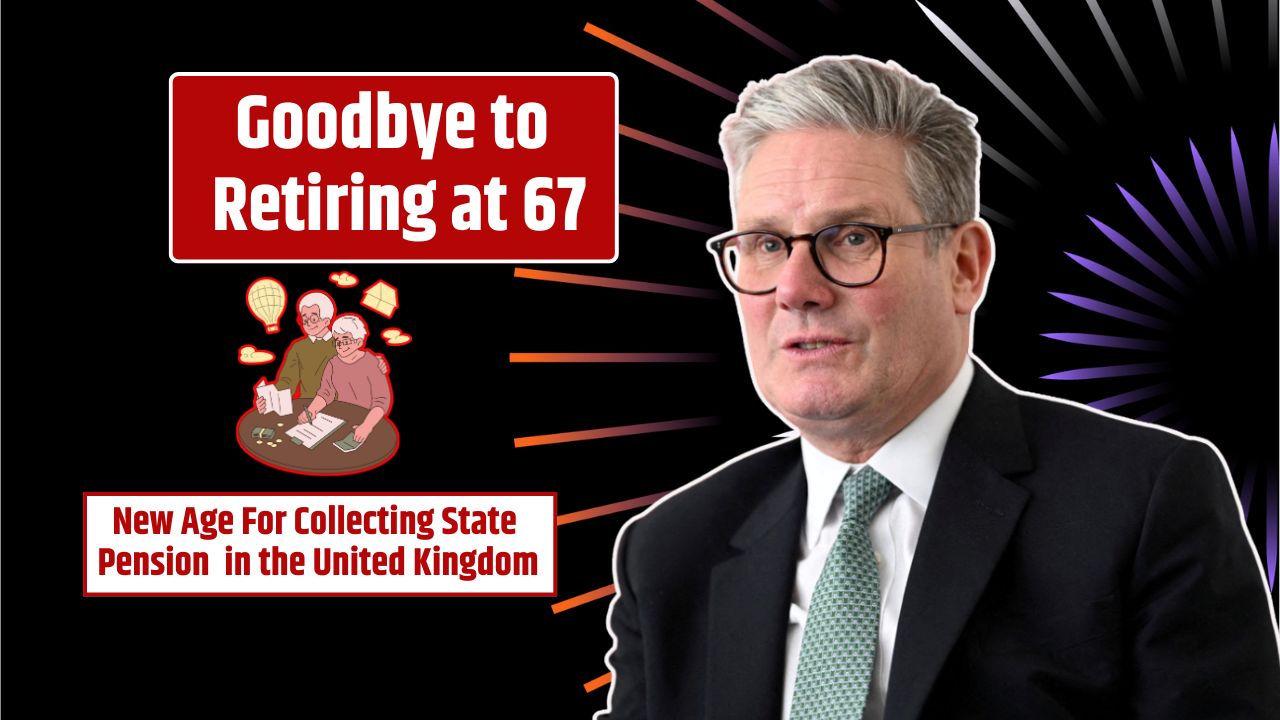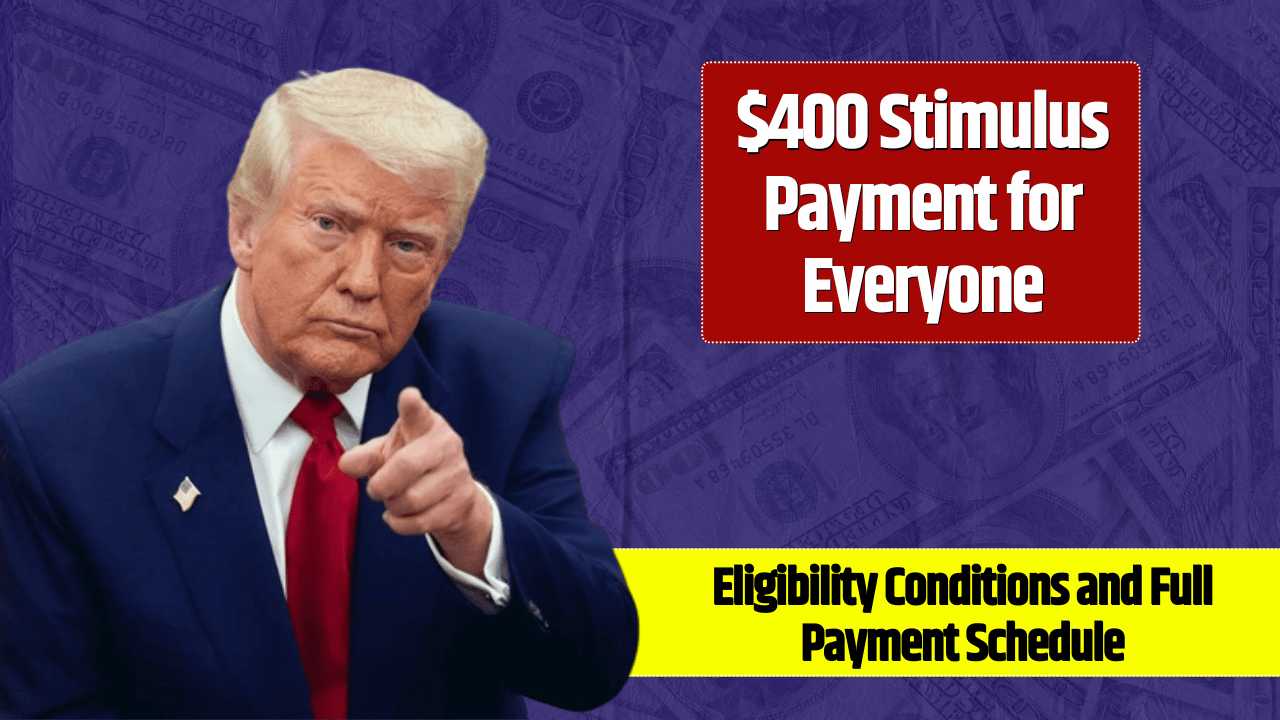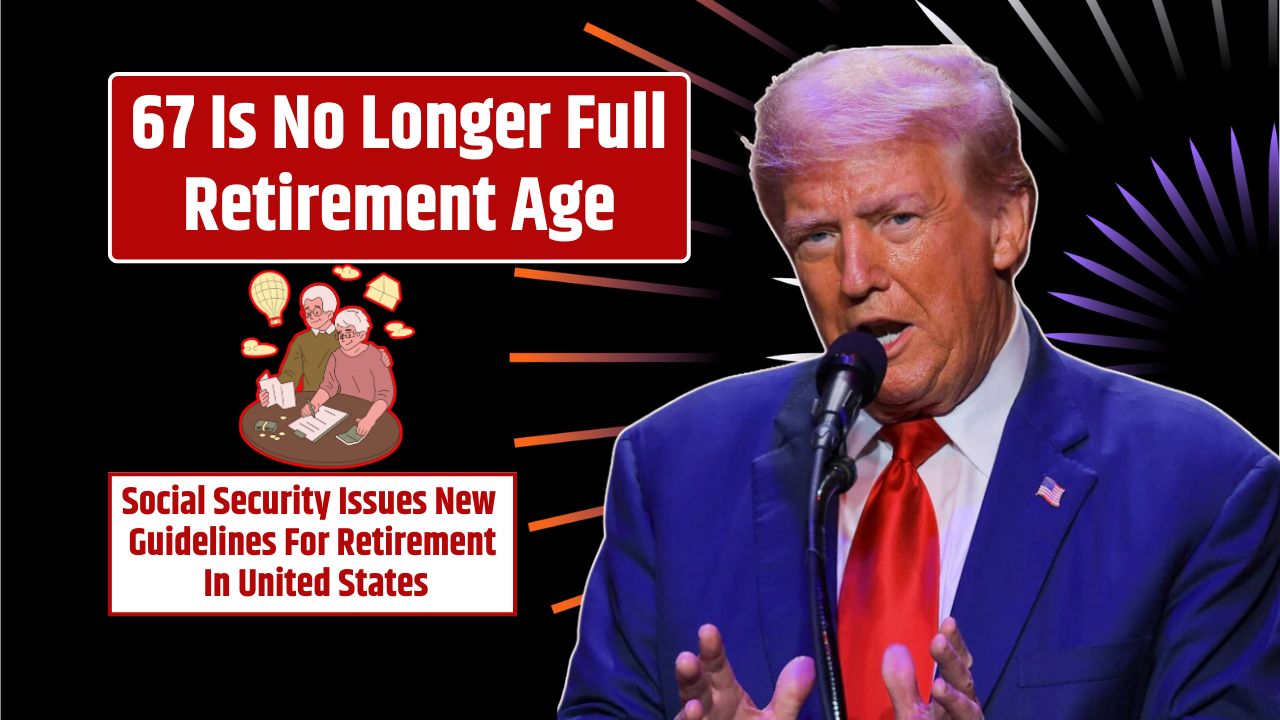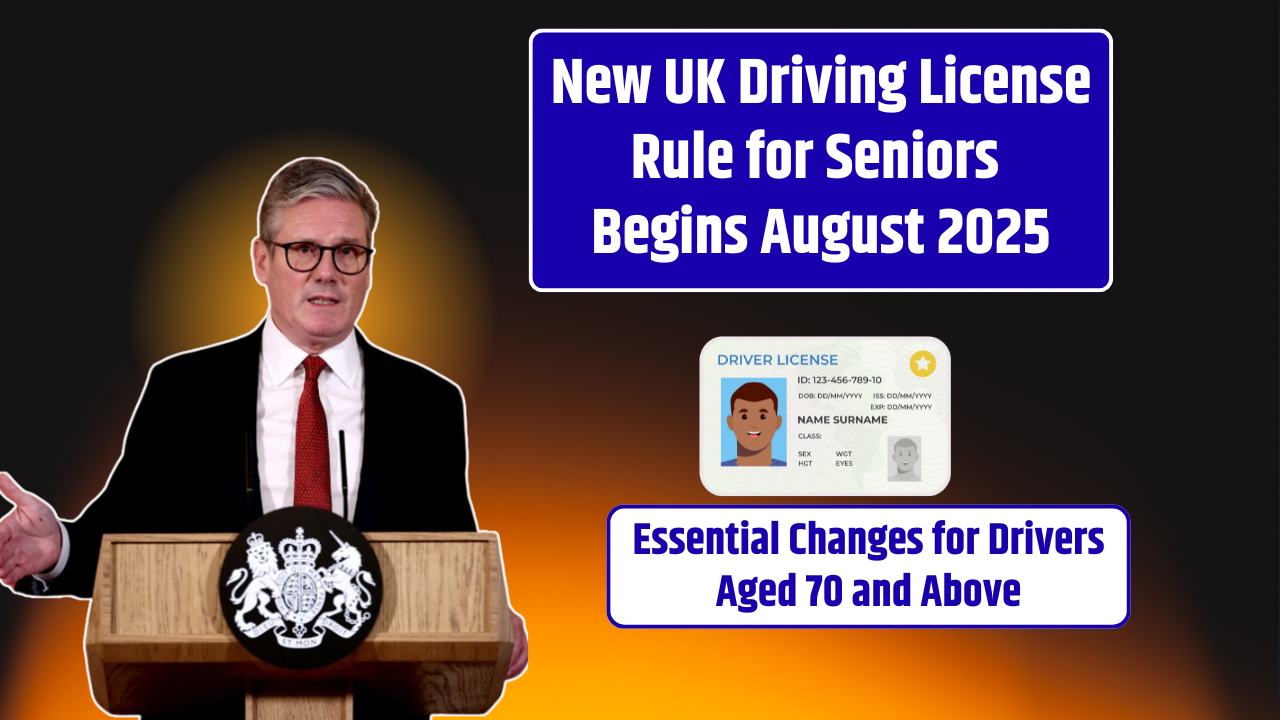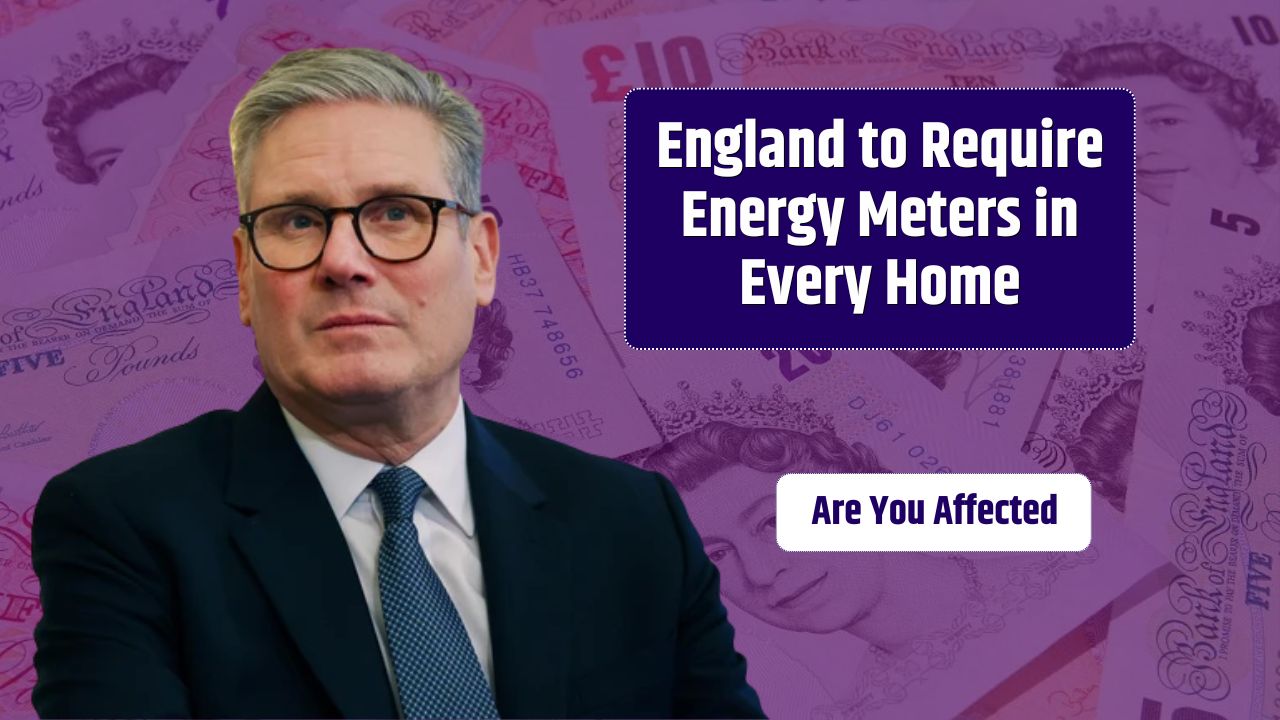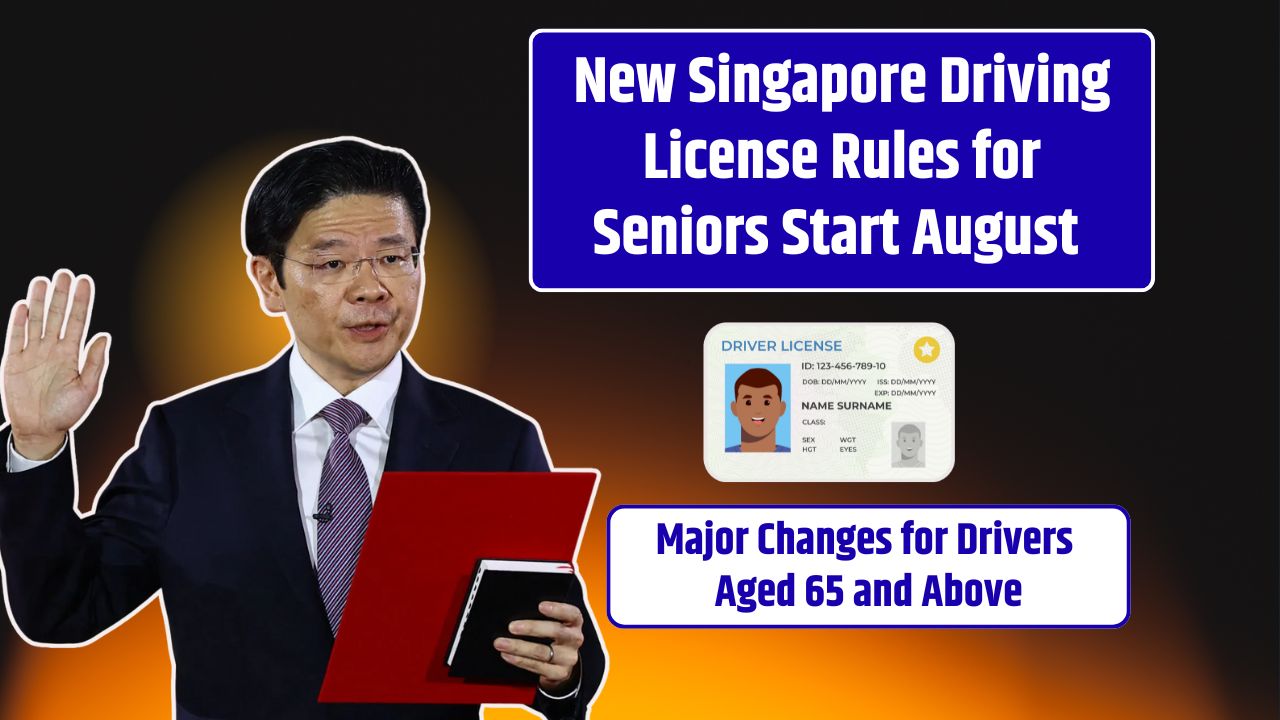Focus groups are a powerful, human-centered tool for shaping effective and inclusive government policy. Unlike surveys or administrative data, focus groups provide rich, qualitative insights into people’s lived experiences, motivations, concerns, and values. In 2025, as public institutions strive to design policies that are more responsive, equitable, and transparent, focus groups give policymakers something data alone cannot—context and connection.
This guide explains how focus groups are used in government, why they matter, and how to design them effectively for real policy impact.
Table of Contents
What Is a Focus Group?
A focus group is a structured discussion with a small group of participants—typically 6 to 12 people—led by a trained moderator. The goal is to explore participants’ thoughts, feelings, and reactions to a specific policy idea, program, or service.
Key Features:
- In-depth, open-ended conversations
- Small, diverse groups for balanced dialogue
- Guided by a moderator with a semi-structured script
- Often recorded or transcribed for analysis
Why Governments Use Focus Groups
Understand Public Needs and Concerns
Focus groups reveal what people really think and feel about issues like housing, policing, healthcare, and education—especially in underserved communities.
Test Policy Ideas Before Rollout
Agencies use focus groups to test how a new policy will be received, what language resonates, or what concerns might arise before a program is implemented.
Improve Service Delivery
By learning from residents’ direct experiences with public services, governments can identify gaps, inefficiencies, or unintended barriers.
Advance Equity and Inclusion
Focus groups ensure historically excluded voices are heard—helping policies reflect the lived realities of marginalized groups.
How Focus Groups Influence Policy
| Policy Area | Focus Group Use | Impact on Policy |
|---|---|---|
| Transportation | Residents discuss transit access in low-income neighborhoods | Led to expanded bus routes and adjusted fare structures |
| Public Health | Focus groups with vaccine-hesitant groups | Informed culturally tailored outreach strategies |
| Education | Parents share views on school choice and curriculum | Shaped parental engagement plans |
| Housing Policy | Tenants discuss rental assistance barriers | Improved application processes and language access |
| Digital Access | Rural and urban residents discuss broadband access | Informed infrastructure funding priorities |
Best Practices for Using Focus Groups in Policy Development
1. Define a Clear Objective
Know what you want to learn. Are you exploring unmet needs? Testing program messaging? Evaluating satisfaction?
2. Select the Right Participants
Use purposive or stratified sampling to ensure representation across race, age, income, geography, and lived experience.
3. Design an Inclusive Discussion Guide
Ask open-ended questions like:
- “What challenges have you experienced accessing this service?”
- “How would this policy affect your day-to-day life?”
- “What could make this program more helpful for your community?”
4. Hire a Skilled Moderator
A good facilitator creates a respectful, balanced space where everyone feels heard—especially those less comfortable speaking up.
5. Ensure Ethics and Confidentiality
- Explain the purpose of the session
- Obtain informed consent
- Maintain privacy and protect data
6. Analyze and Report Themes
Code transcripts or notes to identify recurring themes, concerns, and actionable insights. Don’t just report quotes—interpret what they mean for policy.
7. Close the Loop with Communities
Let participants know how their input made a difference. This builds trust and promotes civic engagement.
Focus Groups vs. Other Public Input Tools
| Method | Strengths | Limitations |
|---|---|---|
| Surveys | Scalable, quantitative | Limited depth and flexibility |
| Town Halls | Open participation, visible leadership | Often dominated by vocal individuals |
| Focus Groups | Deep insights, balanced discussion | Small sample size, not generalizable |
| Interviews | Individual experiences | Time-intensive, less group dynamic |
Focus groups are ideal when you need rich feedback, especially from specific populations or around complex policy topics.
Limitations and Considerations
- Not statistically representative: Results should inform, not define, broader policy decisions.
- Social desirability bias: Some participants may tailor responses to what they think is “acceptable.”
- Group dynamics: Dominant voices can skew discussion without proper facilitation.
Despite these challenges, focus groups remain a valuable complement to quantitative methods in public policy research.
FAQs
Can focus groups really influence policy?
Yes. Many cities and agencies now use focus groups as part of participatory policy design and program evaluation.
How many focus groups are needed for good insight?
3–6 focus groups with diverse participants can reveal strong themes, though this varies based on the issue.
Should policymakers attend focus groups?
Not during the session—but reviewing anonymized transcripts or summaries is encouraged.
Are focus groups expensive?
They can be done affordably, especially when partnered with local nonprofits or community leaders.

